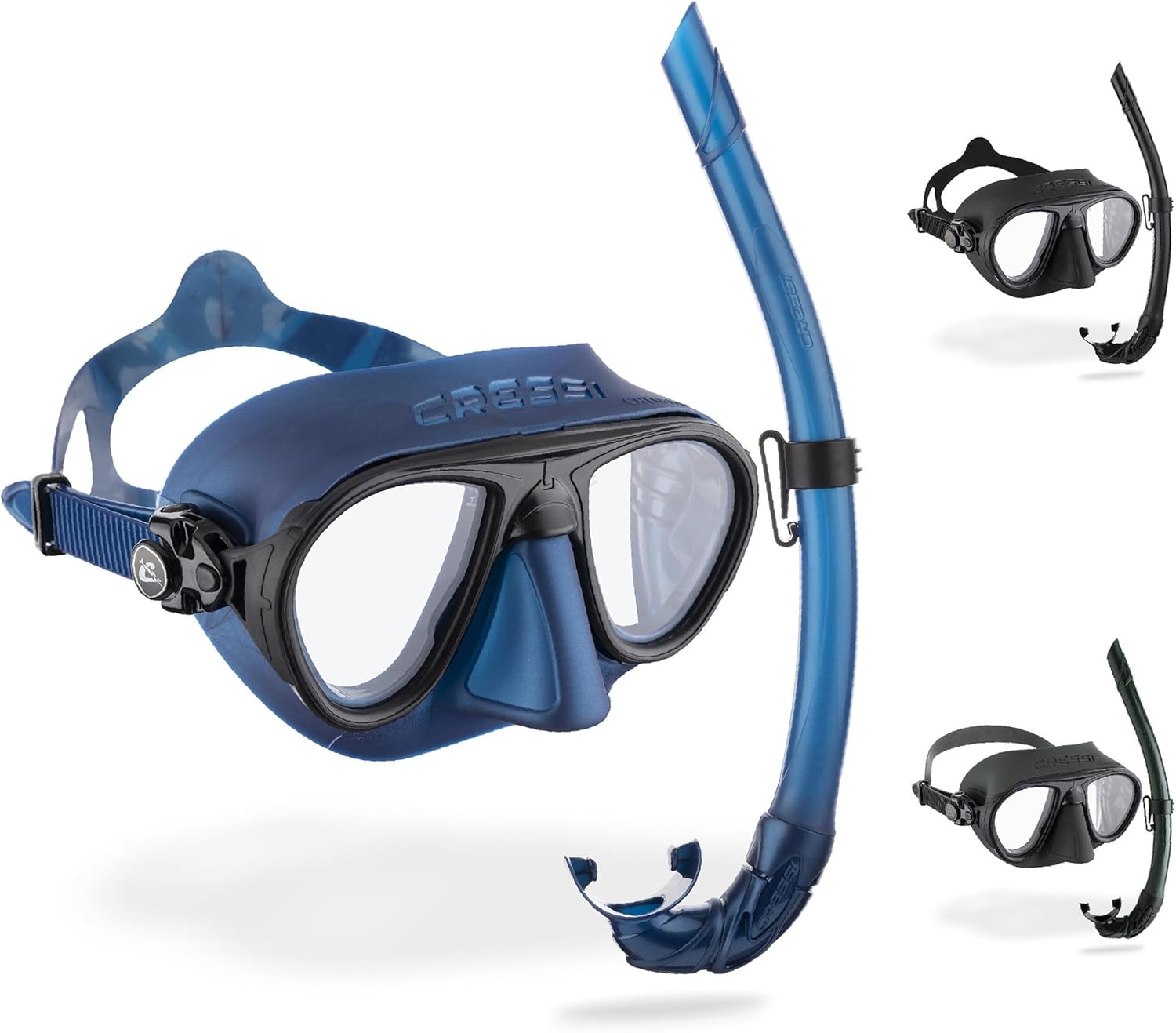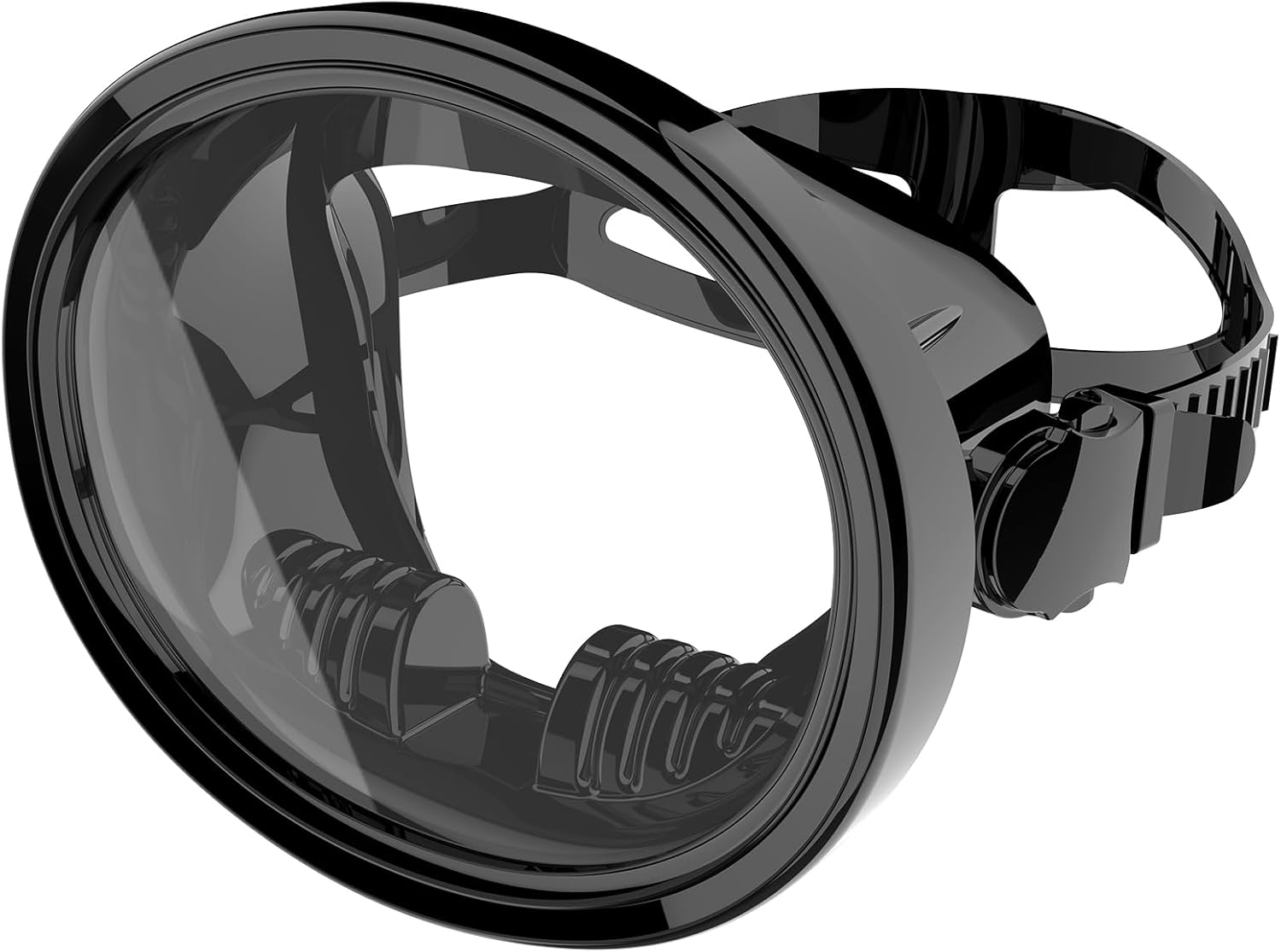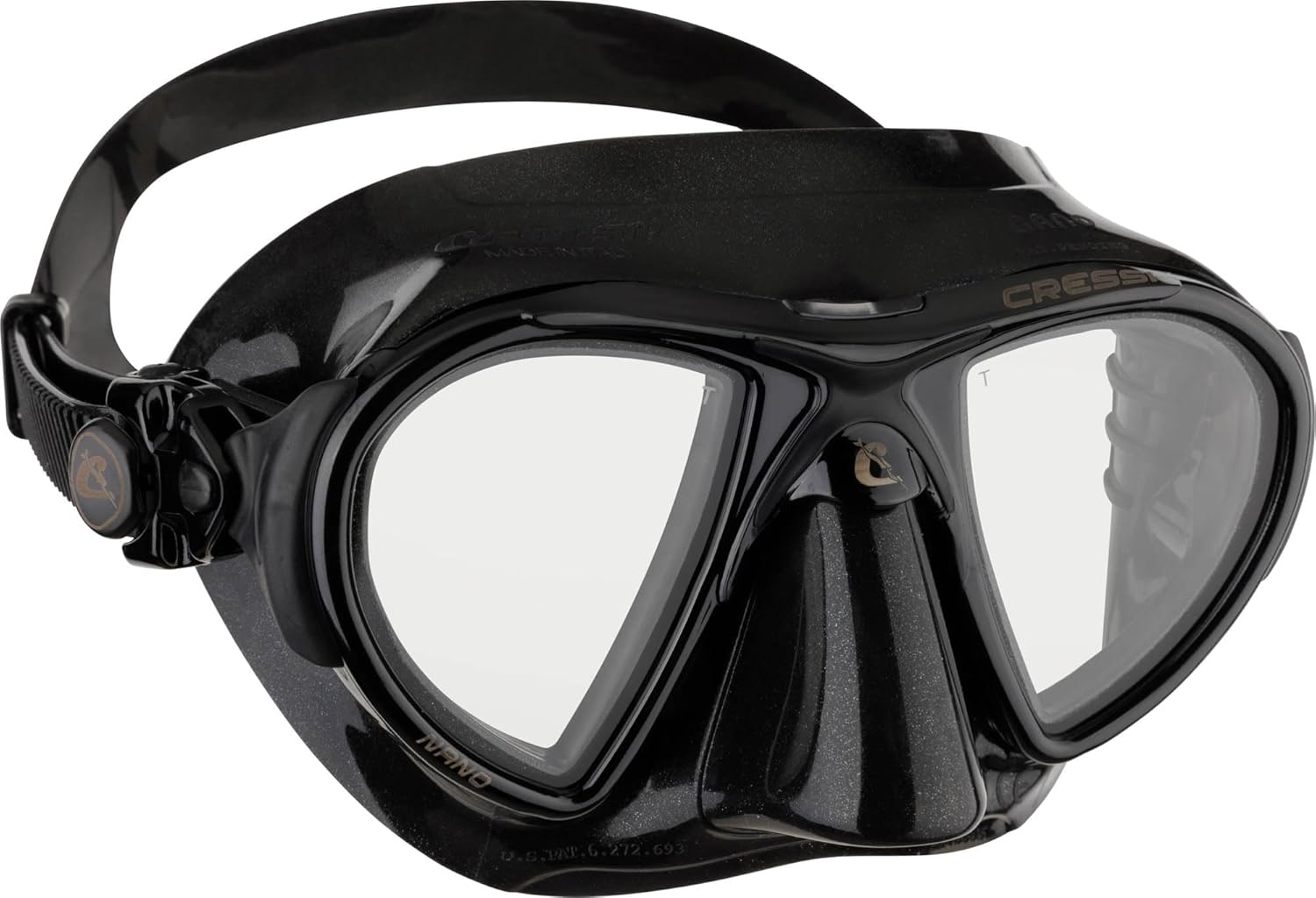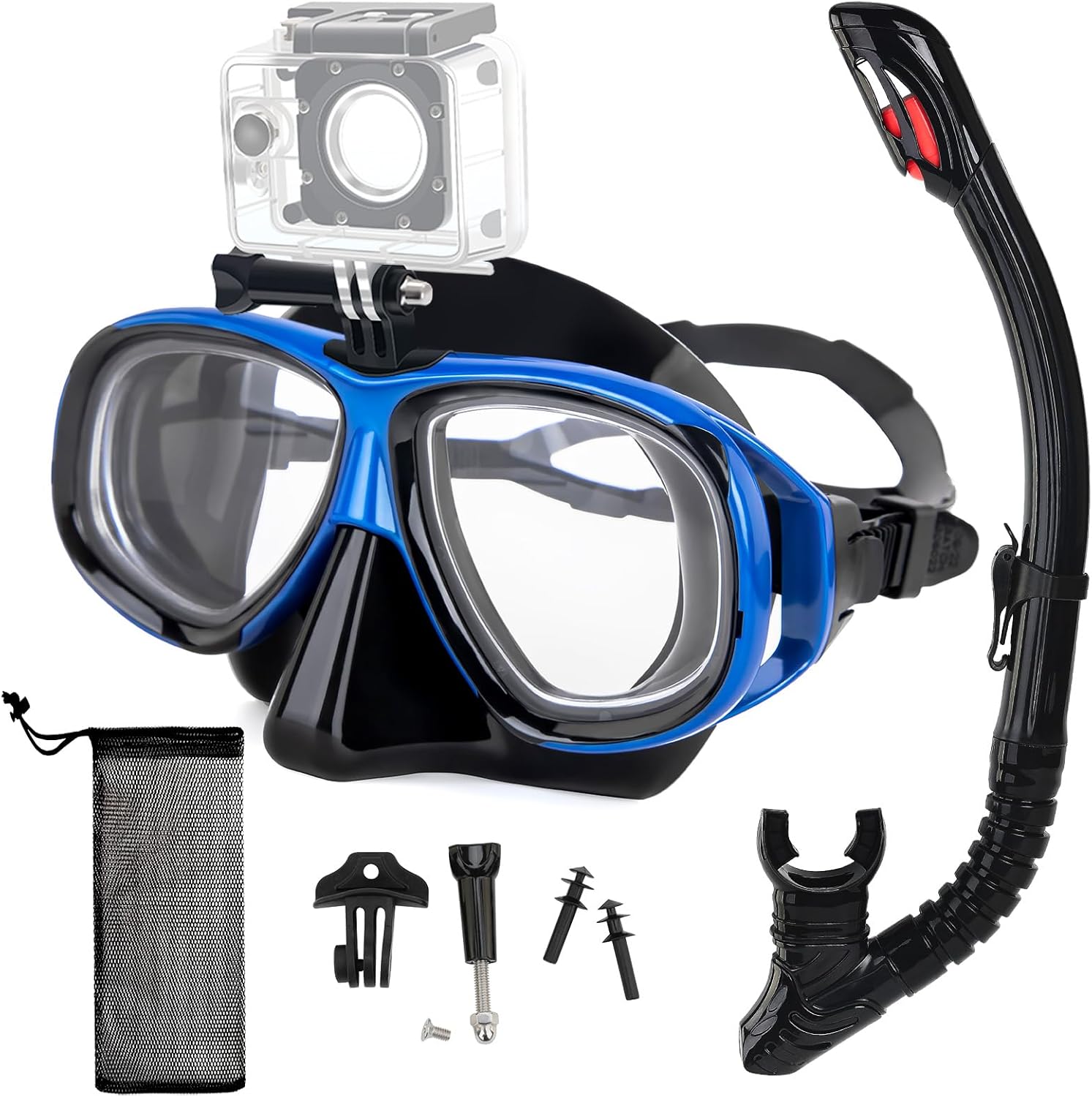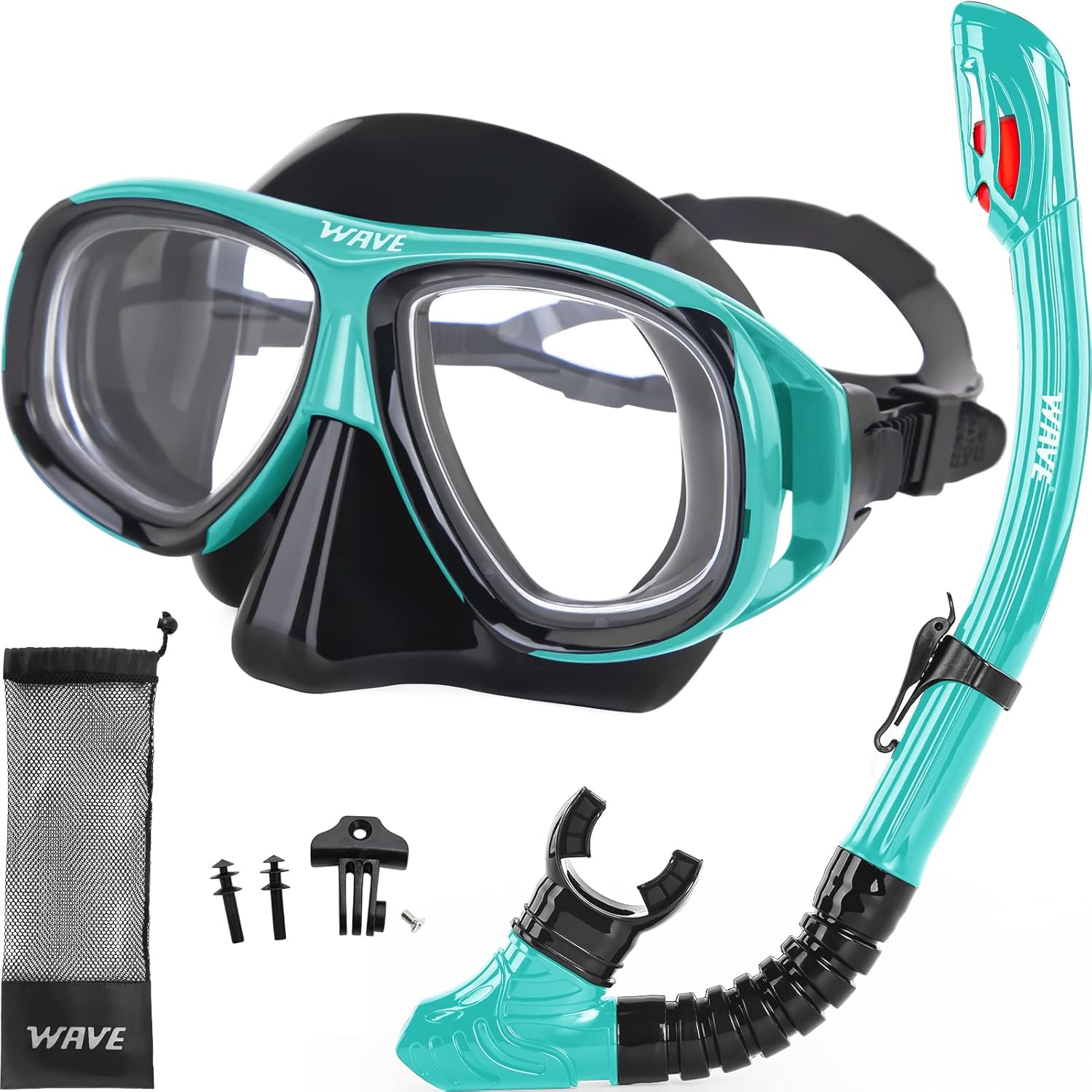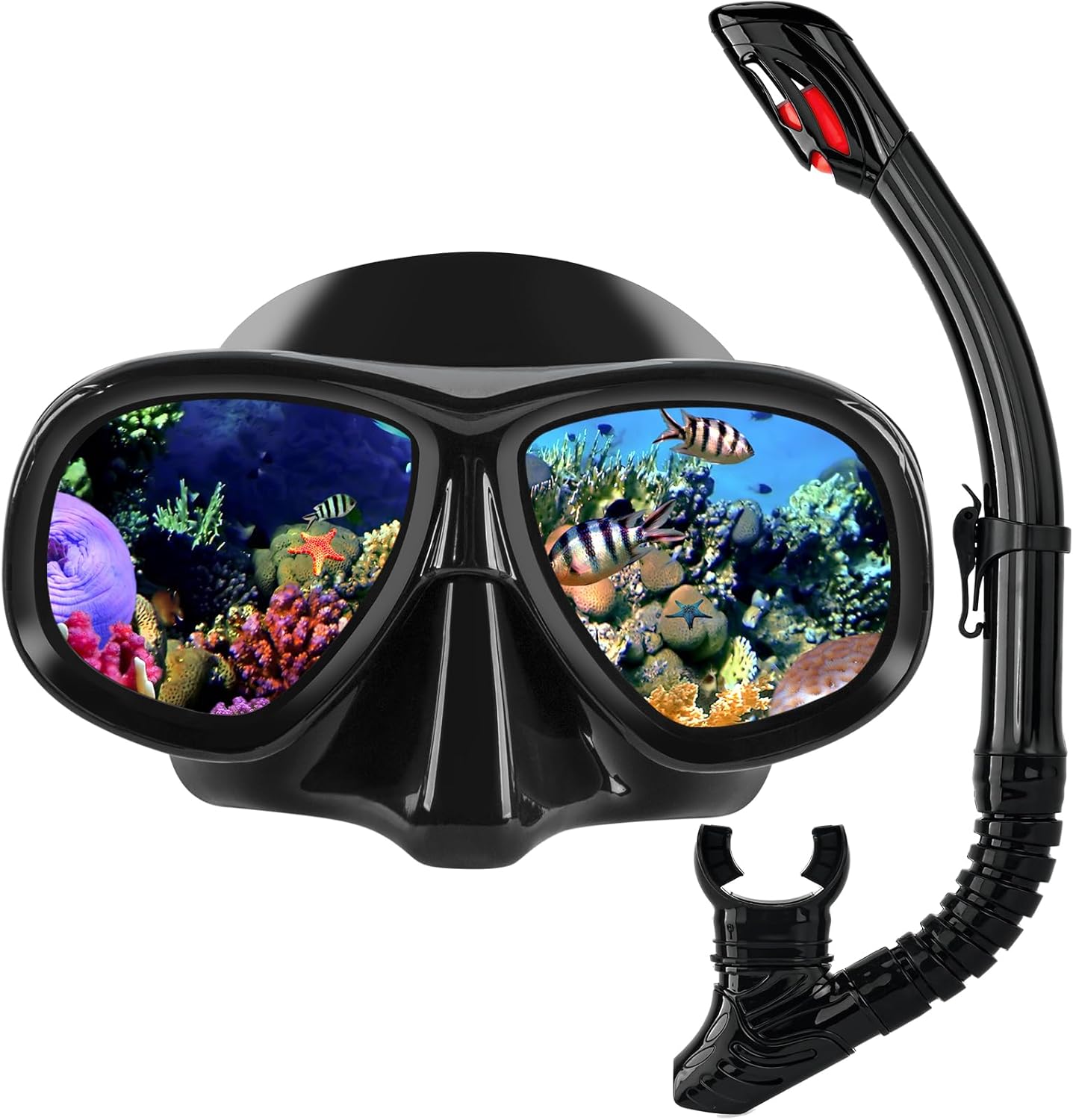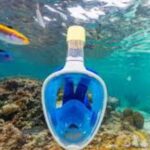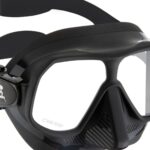Can You Use A Freedive Mask For Scuba – The Truth Every Diver Should Know
If you’ve ever stared at your dive bag and thought, “Wait… can you use a freedive mask for scuba, or am I about to invent a new way to regret life decisions?” Congratulations, you’ve asked one of the most common questions in diving.
It’s a little like asking if you can wear slippers to a wedding: technically possible, but it depends on whether you care about comfort, safety, and not getting side-eye from everyone else.
So, let’s dive straight in (pun intended).
Can You Use A Freedive Mask For Scuba
Yes, you can use a freedive mask for scuba. Both masks seal around your eyes and nose, both are designed to handle pressure underwater, and many divers happily use the same mask for both activities. However, there are tradeoffs.
Freediving masks are low in internal volume, built to equalize easily, and often sacrifice field of view and durability to achieve that. In scuba diving, where you’ll be spending longer time underwater and using more equipment, those tradeoffs matter more.
In other words, it works, but whether it’s a good idea depends on your type of diving, your gear setup, and your comfort preferences.
Now, let’s unpack everything you need to know in plain language.
|
|
|
|
What Makes a Freedive Mask Different from a Scuba Mask?
A free diving mask is designed with one obsession in mind: conserving every breath of air. Freedivers descend on a single breath, so a smaller mask with less internal air volume is critical. That low-volume design means less air is needed to equalize the mask as you go deeper.
A traditional scuba mask, however, doesn’t worry about air conservation as much. Since you’re breathing from a tank, the design can prioritize other things like a wider field of view, sturdier frames, or comfort with a hood and regulator.
Here are the major design differences:
- Volume: Freediving masks are ultra-low volume (often 80–150 ml). Scuba masks usually sit higher (120–200 ml or more).
- Lens: Many scuba masks use thicker tempered glass. Some freediving masks experiment with polymer wraparound lenses for a sleeker profile, but those scratch easily.
- Field of view: Freediving masks, especially ultra-low-volume styles, may reduce your peripheral vision. Scuba masks are often wider and give more situational awareness.
- Durability: Scuba masks are built to handle rougher handling on boats and repeated purges. Freediving masks lean lighter and slimmer.
That’s why some divers rave about freedive masks underwater, they feel sleek and comfortable while others miss the panoramic view and ruggedness of their scuba mask.
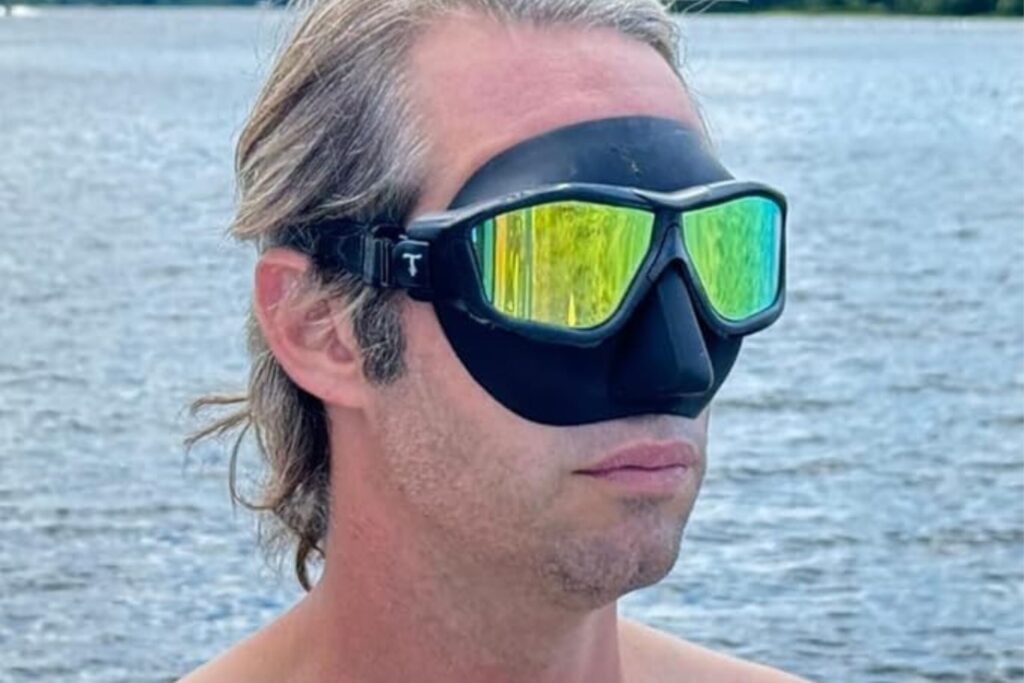
Equalization and Air Use
Here’s where freediving masks shine. Equalizing means adding air into the mask as pressure increases. A low-volume mako dive mask or other freediving style needs very little air for equalization, making it quick and effortless.
For scuba, that advantage is less critical because you’re not holding your breath. Still, it does make clearing the mask easier. A freediving mask typically needs a gentle puff through the nose to equalize, while a larger scuba mask may need more.
The tradeoff: the smaller the mask, the closer the lens sits to your eyes, which can sometimes distort vision slightly. That’s fine for short freedives but can feel fatiguing over an hour-long scuba dive.

Field of View: Seeing the Bigger Picture
When you’re freediving, you’re streamlined and focused mostly on depth and ascent. Wide vision is nice but not essential.
Scuba diving is different. You need to check your gauges, spot your buddy, watch for marine life, and maintain situational awareness in a more complex environment. A narrow freedive mask may make you turn your head more often to see what’s happening.
For some divers this isn’t a dealbreaker, but others quickly switch back to a wider scuba mask after one dive with a freediving model.
Clearing and Purging with a Regulator
One big question is: Can you use a freedive mask for scuba without making clearing awkward?
The answer is yes but with nuance. A freedive mask’s low internal volume means you can clear it with very little effort. That’s great. The potential issue is that some freediving masks fit so snugly and sit so low that clearing them while wearing a regulator can feel cramped, especially if the nose pocket presses awkwardly under your nostrils.
Practice matters here. Many divers clear a freedive mask just fine once they’re used to the fit. If your regulator is bulky or you dive with a thick hood, though, the snug design may feel restrictive.
|
|
|
|
Durability and Lens Strength
Scuba divers toss masks into gear bags, drop them on boat decks, and rinse them in rough tanks. That’s why scuba masks are often sturdier, with framed designs and thick tempered glass.
Some freediving masks, especially frameless polymer-lens designs, aren’t built for that level of punishment. They scratch, fog, or warp more easily.
If you’re an occasional recreational diver, this may not matter. But if you’re logging dozens of dives a year, a freedive mask may not stand up to the abuse long-term.
Comfort and Compatibility with Other Gear
A freediving mask feels feather-light on your face, almost like wearing goggles. That can be delightful, especially for long surface swims.
But when you add a hood, regulator, snorkel, and maybe a communication system, that slim profile sometimes doesn’t play as nicely. The straps may slide, the skirt may leak under a hood, or the mask may press uncomfortably against a regulator mouthpiece.
Trying your full scuba gear set with the mask before committing is the smartest way to know if it works for you.
Prescription Lenses and Accessories
|
|
|
Many scuba divers rely on prescription lenses, corrective inserts, or mounts for lights and cameras. Most freediving masks don’t offer these options, or they’re much harder to find.
If you need corrective lenses, stick with a scuba mask or a freediving mask specifically designed to accept inserts. Otherwise, you’ll be squinting at your gauges instead of enjoying the reef.
When a Freedive Mask Works Well for Scuba
There are times when using one mask for both makes perfect sense:
- Travel: If you’re trying to pack light, bringing one versatile mask beats hauling two.
- Hybrid divers: If you switch between freediving and scuba regularly, using one mask simplifies life.
- Recreational dives: For casual reef diving, a freedive mask often works just fine.
- Small face divers: Some scuba masks feel bulky. A freediving mask for small face divers may seal better and feel more comfortable.
When a Freedive Mask is Not Ideal
- Technical or commercial diving: You need maximum vision and durability.
- Night dives: Limited field of view makes things trickier in low light.
- Cold water diving with hoods: Fit can get messy.
- Heavy gear situations: When you need attachments, lights, or prescription lenses.
In those cases, a dedicated scuba mask is the safer, more practical choice.
FAQs on Can You Use a Freedive Mask for Scuba
Are freediving masks good for lap swimming?
No, but many freedivers use them for pool training because of their snug, low-drag fit. However, they can feel overkill for casual lap swimming compared to simple swim goggles.
Can you use a freedive mask for scuba without issues?
Yes, provided the mask fits well with your regulator and hood, seals properly, and you’re comfortable with the narrower field of view. The biggest “issue” tends to be personal preference.
What kind of freedive mask is safest for scuba?
Look for one with tempered glass lenses, a solid silicone skirt, and a reputable brand. Avoid ultra-thin polymer lenses if you plan to scuba dive regularly.
Can you wear a freedive mask on deep dives?
Yes, but the advantages diminish the deeper you go since air is abundant through your regulator. Many technical divers prefer scuba masks with wider vision at depth.
Testing a Mask Before You Dive
If you want to try combining both sports with one mask, test it first:
- Fit check: Press the mask to your face and inhale slightly through your nose. It should stick without straps.
- Regulator check: Put in your regulator and see if the mask presses uncomfortably on your upper lip.
- Field of view check: Put it on and look at your gauges and peripheral areas without turning your head.
- Purge check: Flood it slightly and clear it while breathing through your regulator.
- Hood check: If you dive with a hood, put it on during the test.
Buying Guidance
If you want one mask for both freediving and scuba, look for:
- Tempered glass lenses (stronger, less scratch-prone).
- Moderate low volume (not the tiniest mask, but not huge).
- Good field of view relative to its size.
- Proven comfort with your regulator and hood.
Some divers swear by the mako dive mask for its low volume and durability balance. Others prefer hybrid designs from brands that advertise use for both sports.
The Bottom Line on Can You Use a Freedive Mask for Scuba
So, back to the original question: can you use a freedive mask for scuba? Absolutely. It seals, it equalizes, and many divers use one for both sports without problems. But whether it’s the best choice depends on what kind of diving you do, how much you value field of view, durability, and gear compatibility.
If you’re a casual diver who just wants a lightweight, comfortable mask, it could be perfect. If you’re into advanced diving, night dives, or rely on prescription lenses, investing in a dedicated scuba mask will make your dives safer and more enjoyable.
The beauty of diving is that gear always has a personal element. Try it, test it, and let your own experience guide you.
